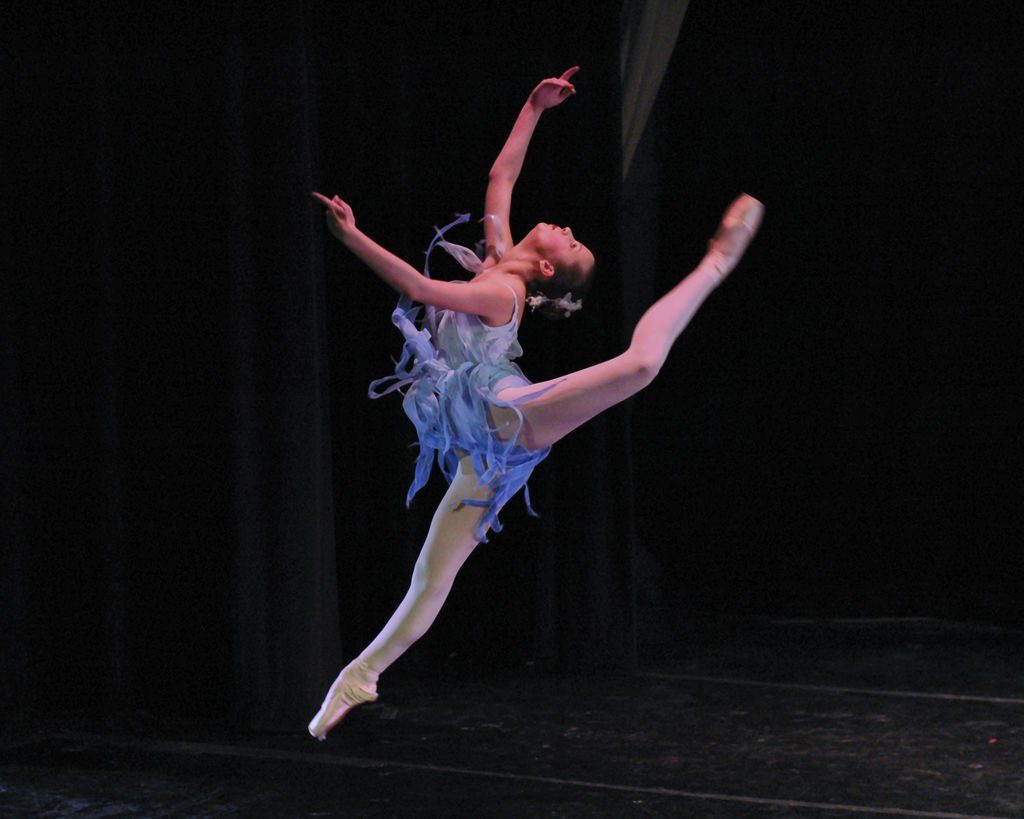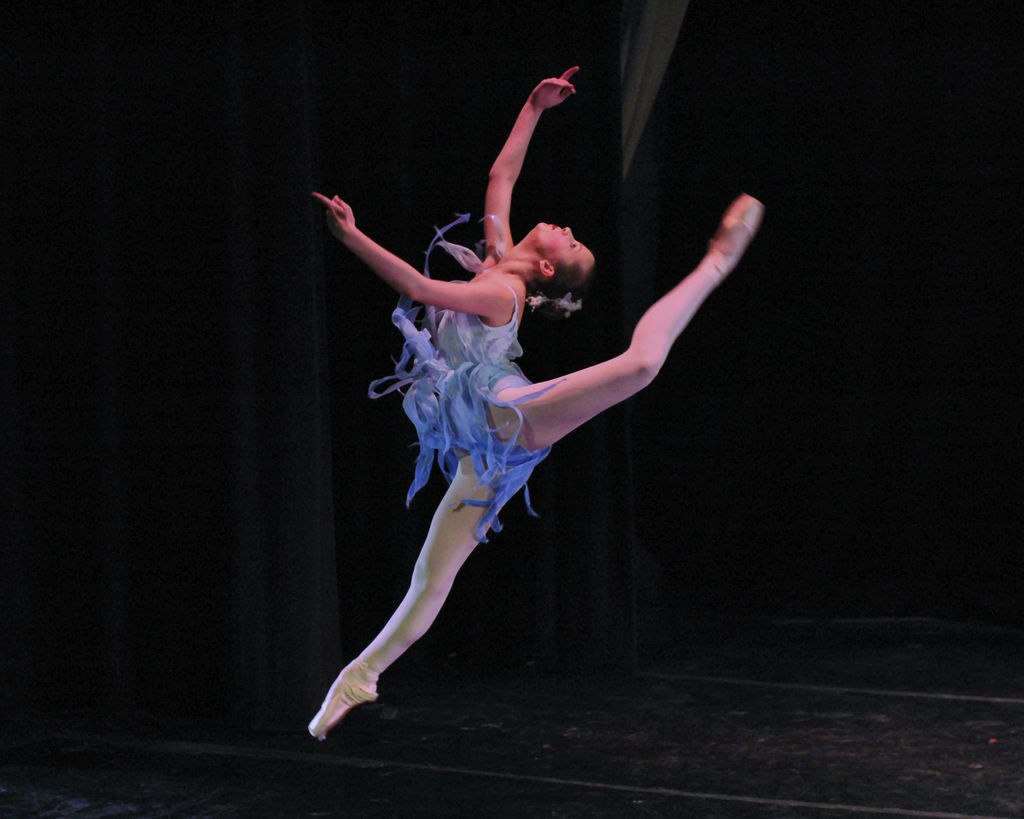 Non-Contact ACL Injuries
Non-Contact ACL Injuries
A survey from the US found that nearly three quarters of anterior cruciate ligament (ACL) injuries are non-contact injuries, and female athletes sustain a twofold to eightfold greater rate of non-contact ACL injuries than their male counterparts
Study of Lower Extremity Kinematics in Dancers
Thus, a strategy to prevent ACL injury is desirable. A research study from University of Nevada investigated the uniqueness of dance experience and movement instruction on lower extremity kinematics and muscle activation during a landing task for dancers.
27 female subjects (age 18–25) in 2 groups: dancers (n = 12) and non-dancer recreational athletes (n = 15) were recruited. Subjects performed drop landings after watching an instructional video without verbal instructions, followed by repeat assessment after watching the same videos with specific verbal instructions.
Gluteus Maximus Engagement and Genu Valgus

Excessive genu valgum and genu varum. Permission Joseph E. Muscolino. Kinesiology – The Skeletal System and Muscle Function, 3rd ed. (Elsevier, 2017).
Lower extremity biomechanics du
ring drop landing were analyzed. Surface electromyography (EMG) was used to measure the activation of gluteus maximus and medius during the deceleration phase of landings. Peak knee and hip frontal plane angles during landing were acquired using a 3-D motion capture system.
Did you know that Digital COMT (Digital Clinical Orthopedic Manual Therapy), Dr. Joe Muscolino’s video streaming subscription service for manual and movement therapists, has an entire folder of video lessons on pathomechanics of common musculoskeletal conditions? Digital COMT adds seven new video lessons each and every week. And nothing ever goes away! Click here for more information.
Results
The observations showed that dancers demonstrated generally greater gluteus maximus activation and a decreased knee abduction angle (i.e. genu valgus) during drop landing compared to non-dancers. Interestingly, the analysis also showed that the landing instruction led to increased genu valgus angle in non-dancers but not dancers.

Views of the ACL and other ligaments of the knee joint. Permission Joseph E. Muscolino. Kinesiology – The Skeletal System and Muscle Function, 3rd ed. (Elsevier, 2017).
Authors’ Interpretation
The authors suggested that experienced dancers demonstrate safer landing strategies compared to recreational athletes. Dance training experience may provide protection against high-risk movement patterns. And thus, movement-based ACL injury prevention program may be modeled after dance training. However, providing movement instruction was shown in the short term to disrupt the landing mechanics in those with no dance training experience, so it would be important for people to undergo a longer training instruction before attempting to practice landing tasks when exercising.
Comment by Joseph Muscolino
On the assumption that knee joint genu valgus (genu valgum) increases the likelihood of ACL injuries, then any exercise that increases the strength and engagement of hip joint abductors (such as upper gluteus maximum, gluteus medius, gluteus medius, TFL, and sartorius) should theoretically help decrease genu valgus, and by extension ACL injuries. This is because genu valgus results from excessive adduction of the thigh at the hip joint, resulting in the femur angling inward. This would likely then necessitate the leg/tibia then angling outward (abducting) given the need for a stance of the feet that is approximately shoulder width apart. Thus adduction of the femur might result in abduction of the tibia, therefore genu valgum. For this reason, strengthening hip joint abductors and training them to engage in the proper temporal pattern might be an important step toward preventing genu valgus, and therefore preventing knee joint injuries, including perhaps ACL injuries. Similarly, if the hip joint adductors are tight (overly facilitated, locked short), manual and movement therapy to loosen their baseline tone should also be helpful toward improving the posture of the hip joint in the frontal plane, and thereby possibly helping potential knee joint injuries including ACL injuries.
This blog post article was created in collaboration with www.terrarosa.com.au.
(Click here for the blog post article: Previous Leg Injury Increases Risk of Other Leg Injuries.)
Did you know that Digital COMT (Digital Clinical Orthopedic Manual Therapy), Dr. Joe Muscolino’s video streaming subscription service for manual and movement therapists, has an entire folder of video lessons on pathomechanics of common musculoskeletal conditions? Digital COMT adds seven new video lessons each and every week. And nothing ever goes away! Click here for more information.


